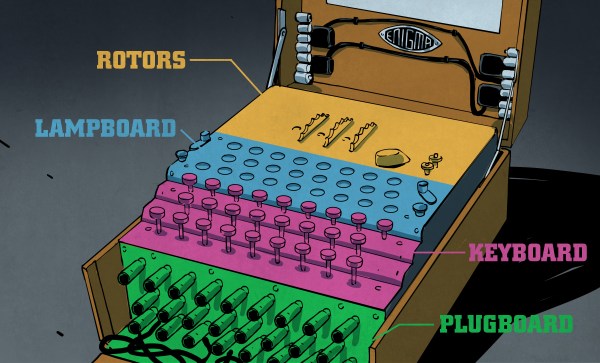Tickets for the 2024 Hackaday Supercon are on sale now! Go and get yours while they’re still hot. True-Believer Tickets are half-price at $148 (plus fees), and when that pile of 100 is gone, regular admission is $296 (plus fees).
Come join us on November 1st-3rd in sunny Pasadena, CA, for three days of talks, demos, badge hacking, workshops, and the sort of miscellaneous hardware shenanigans that make Hackaday Hackaday! If you’ve never been to a Supercon, now is the best time to check that off your bucket list. And if you’re a seven-time veteran, we’re stoked to see you again. Supercon is like a year’s worth of posts in one weekend. You don’t want to miss it.
 Friday, November 1st, is our chill-out day. You can roll in as soon as the doors open in the morning, get your badge and some bagels, and get down to hacking. Or you can start socializing early. Or, as it almost always happens, both at once. We’ll have food and music and even a few workshops, but for the most part, Fridays are what you all make of them. And we love it that way.
Friday, November 1st, is our chill-out day. You can roll in as soon as the doors open in the morning, get your badge and some bagels, and get down to hacking. Or you can start socializing early. Or, as it almost always happens, both at once. We’ll have food and music and even a few workshops, but for the most part, Fridays are what you all make of them. And we love it that way.
Talks start up on Saturday on both stages, along with the soldering contest and an alley full of hackers. We’ll close out the evening with a special celebration, but more on that in a minute.
On Sunday, in addition to the usual slate of talks, we’ve set aside a big block of time for Lightning Talks. These are seven-minute quickies where you get to tell the bigger Hackaday community what you’re up to. A short talk like this forces you to condense the story down to its essence while giving tons of people their fifteen minutes of fame in half the time! If you’ve got a Lightning Talk that you’d like to present, let us know! We’ll try to fit in everyone we can.
Wrapping up Sunday evening, we’ll give you a chance to show off whatever badge hacks you’ve been working on over the weekend. We love the badge hacking demo because it allows us to see a wide (and wild) range of projects, all of which were put together in record time. Whether funny, flashy, or phenomenal, we want to see what you’ve been up to. Continue reading “Tickets For Supercon 2024 Go On Sale Now!”

















